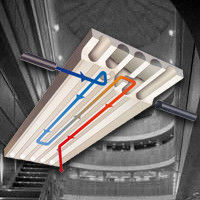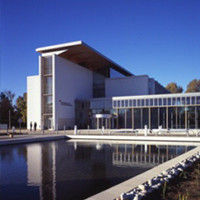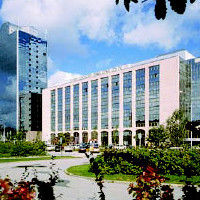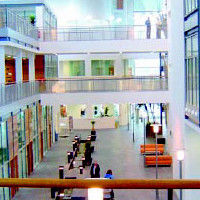
TermoDeck® System
TermoDeck differs from other energy saving systems because the overall construction cost is lower than conventional buildings as no extra equipment is added.

Thermal energy storage
Thermal energy storage (TES) systems can heavily reduce the installed cooling loads and peak power loads.

Energy
TermoDeck® Buildings fulfill high requirements from an energy, enviromental and thermal comfort perspective.

Capital Costs
Independent reports have been carried out comparing capital costs of TermoDeck and conventional HVAC systems.
